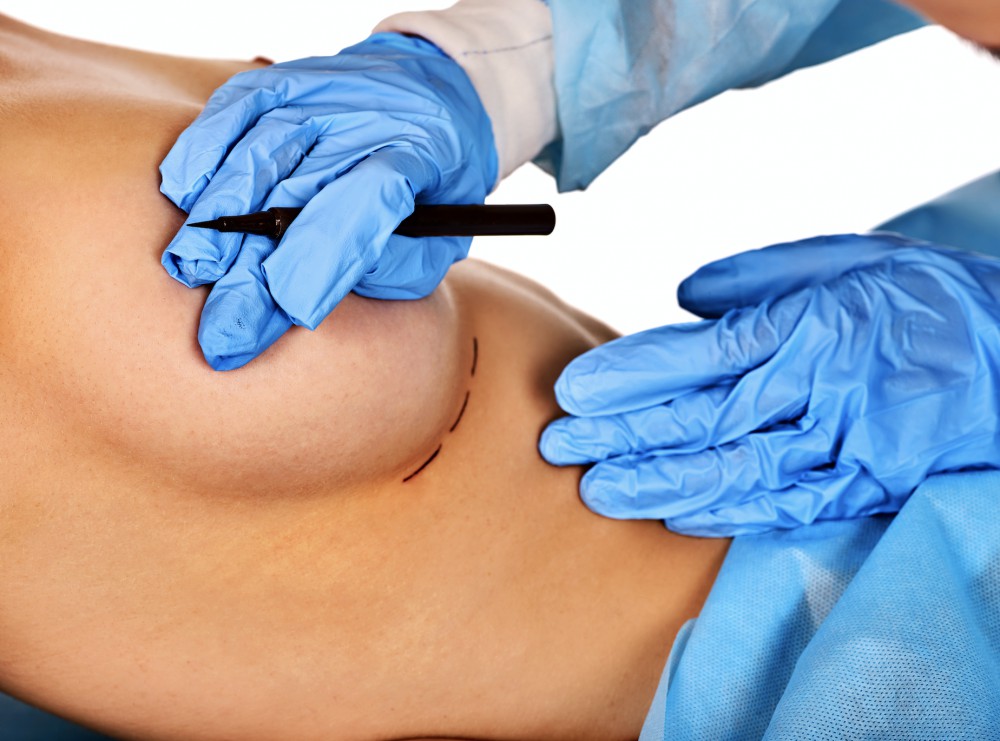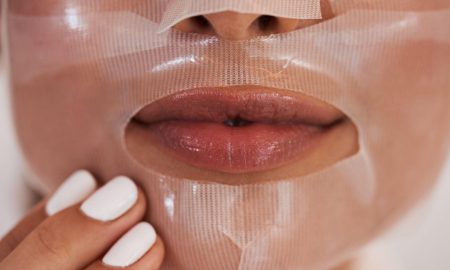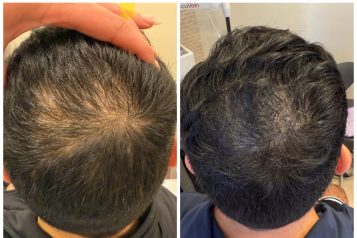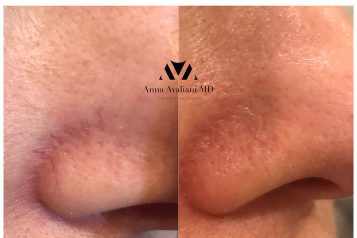
From botox to fillers to facelifts, there are limitless popular procedures to help fight the signs of aging. However, the one procedure that is seldomly discussed is the Liquid Facelift. Plastic surgeon Dr. Shoib Myint sat down with Haute Beauty to discuss the unique procedure and how it compares to a surgical facelift.
What is a liquid facelift?
Fat is our friend when it comes to the face. The fat in our face maintains volume and plumpness, which is a sign of youth. When we lose the facial fat over time, the face looks skeletonized and aged. Our skin becomes more susceptible to wrinkles and sagging.
A liquid facelift is a nonsurgical facelift, which involves sculpting and lifting the face with fillers and sometimes Botox or other neuromodulators. Various types of facial fillers are available in the United States. Each is designed with one or several purposes, such as wrinkle reduction and volume augmentation. Doctors can work with you to determine which facial filler will provide you with optimal and rejuvenating results. The most common liquid facelift facial filler used today is Hyaluronic Acid (HA). It is temporary and reversible. No other filler can be reversed like Hyaluronic Acid. HA is a sugar molecule already prevalent in our body. It allows for water absorption, which plumps the skin and adds volume with some lift. It attracts moisture and holds it so your skin canabsorb it. Hyaluronic acid molecule used in a liquid facelift can hold up to 1000 times its weight in water.
How does it compare to a surgical facelift?
The biggest difference between a liquid facelift and a surgical facelift is a knife. Liquid facelift is not surgery and therefore no knife is used, no anesthesia and there is no cut on the skin. The liquid facelift is done in the office with the patient awake and sitting up. The results appear in front of your eyes as the procedure is done. There is no downtime unlike a surgical facelift. The downside of a liquid facelift, however, is that it doesn’t last as long as surgery.
Describe the process?
These “dermal fillers” and “injectables,” are temporary to long-lasting solutions administered through a few tiny injections on specific areas of the face with a small needle or a cannula. A numbing cream can be applied prior to the procedure for few minutes. In the case of a cannula lift (no needles) it is not necessary to use the cream. With the patient sitting up, each compartment of the face (jowl, jawline, chin, nose, under eyes, forehead, mouth, cheeks) is gently and meticulously lifted and sculpted with injections by these fillers. The type and the amount of fillers used are discussed to achieve the outcome desired. There is no pain, hardly any bruising and no downtime. Sometimes ice can be placed for comfort before leaving the office. The procedure can last about 10 to 20 minutes per session, depending on the individual and the amount of area being treated.
What is the recovery time?
Injectables require very minimal downtime, allowing patients to return to work and their normal activities directly following treatment. For the first 24 hours, individuals may be instructed to refrain from strenuous activities and excessive sun or heat exposure.
How long does it last?
In general, the average liquid facelift can last from 8 months to 2 years. This depends on the type of facial filler or injectable used. Because this is a non-surgical procedure it is encouraged to have the procedure repeated over time to maintain the lift.
For more information, please visit www.drmyint.com
For more information, visit Dr. Shoib Myint's social media:























